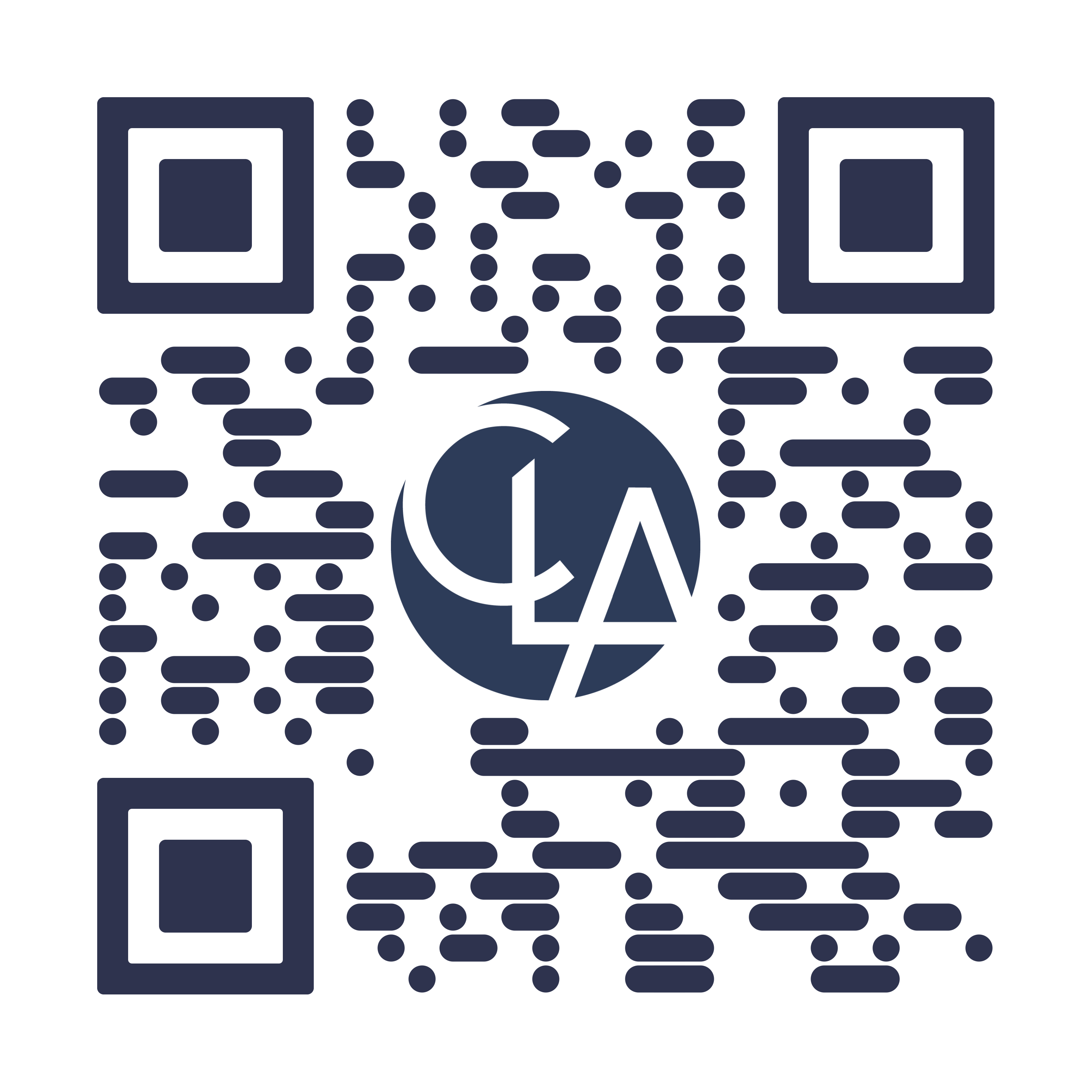Key insights
Instead of opting for a new system to resolve inefficiencies, a better approach may be to conduct a system optimization assessment: a comprehensive review of current processes and system usage, identifying gaps and suggesting effective changes.
Develop a detailed plan with clear direction for your team and provide specific details regarding activities, resources, responsibilities, and target dates.
Involve key stakeholders in the decision-making process, as addressing their needs and concerns can lead to better acceptance and smoother execution.
In today’s fast-paced financial services sector, clinging to outdated processes or accepting system inefficiencies is no longer an option. Financial institutions must continuously innovate to stay ahead of the competition and meet their strategic initiatives.
While opting for a new system to resolve inefficiencies might seem like a good idea, a better place to start may be a system optimization assessment (SOA). It provides a comprehensive review of current processes and system usage, identifying gaps and suggesting improvements.
A SOA involves reviewing documents, interviewing key team members, and analyzing the current and future states. Your financial institution’s strategic initiatives establish the assessment criteria and pinpoint the key areas for improvement. Plan for the SOA to take 2 to 3 months, excluding implementation time for any recommendations.
1. Start with a plan
Having a detailed plan with clear direction for your team from the beginning is an important strategy when enhancing a financial institution system. The plan should provide specific details regarding the activities, resources, responsibilities, and target dates for the system optimization.
Engage stakeholders
Involve key stakeholders at your financial institution in system optimization decision-making. Addressing their needs and concerns can lead to better acceptance and a smoother execution.
Hold a kickoff meeting
Provide an overview of the system optimization approach, including strategy and anticipated timelines.
Identify objectives
Clearly define what you’re looking to achieve with the system optimization. This might include saving time, improving efficiency, reducing costs, or enhancing user experience.
2. Assess the current state
Evaluating your current processes, workflows, resource allocation, and system use is another essential strategy. This helps pinpoint strengths, weaknesses, and areas for improvement, aiding in developing recommendations.
Gather your data
Review performance metrics, security reports, configuration documents, and data analytics to identify recurring patterns or trends over time.
Map your processes
Use visual tools like flowcharts or diagrams to clearly see process flow and identify areas for improvement.
Conduct interviews
Engage with key stakeholders to gain insights about their experiences with the system, including current challenges and suggestions for improvement.
3. Define desired state
Clearly outlining the target performance you want to achieve after optimization provides a benchmark for success and guides the optimization efforts. This involves specifying new requirements, features, and performance metrics.
Establish objectives
Define clear and specific objectives outlining the expected performance standards, detail the steps needed for achievement, and establish metrics to evaluate success.
Define functional requirements
Identify the tasks the system needs to accomplish, detailing key behaviors, features, and functions. Establish your requirements by focusing on tasks supporting strategic initiatives.
4. Conduct a gap analysis
Comparing the current state with the desired future state to identify gaps is another key strategy for system optimization. These gaps represent the differences between what the system currently does and what it needs to do.
Identify and prioritize gaps
Assess current performance against desired outcomes to pinpoint any gaps. Thoroughly document each identified gap, detailing its effects on overall system performance. Prioritize each gap based on factors such as impact, cost, and feasibility to help focus efforts on the most critical areas.
Maintain documentation
Retain detailed documentation of all findings, analyses, decisions, and plans. This can provide transparency, improve stakeholder communication, and serve as a roadmap for future improvements.
5. Develop an action plan
Creating a detailed action plan to close the gaps between the current and desired states is critical to achieving the desired improvements. The plan should outline timelines, resource needs, and budget considerations.
Detail specific tasks
Prioritize actions that can have the most significant impact on your strategic initiatives. Divide each action into specific tasks needed to achieve the desired state.
Identify resources
Identify resources required for each task, assign responsibilities to staff, and establish an implementation timeline.
6. Implement and monitor
Implementing changes and continuously monitoring them to make sure they produce the intended results and adapt to changing needs is vital for maintaining efficient system operation.
Implement improvements
Execute the action plan, completing all tasks as scheduled. Use performance metrics to measure progress and detect deviations from the plan.
Monitor regularly
Review and enhance processes periodically to maintain improvements and adapt to changes. Update your documentation regularly to align with any system or initiative changes, thereby maintaining its relevance and usefulness.
Connect

Janine Wright
Director






